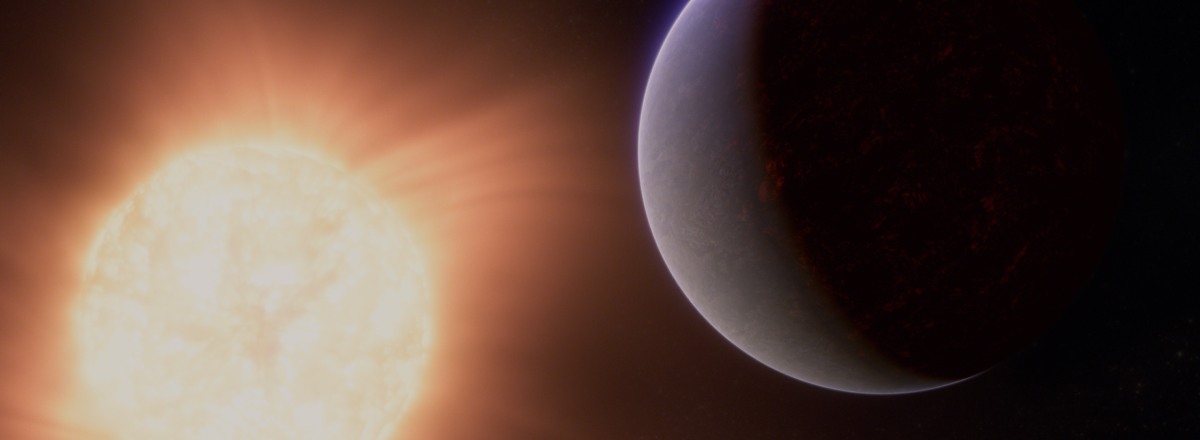James Webb Space Telescope Discovers Possible Atmosphere on Rocky Exoplanet
While 55 Cancri e is far from habitable, understanding its atmosphere provides crucial insights into the atmospheric retention capabilities of rocky planets under extreme conditions.

The James Webb Space Telescope (JWST) has detected signs of a dense atmosphere on the super-Earth exoplanet 55 Cancri e, located 41 light-years away in the Cancer constellation. This discovery marks a significant advancement in the study of exoplanetary atmospheres, particularly for rocky planets outside our solar system.
55 Cancri e, also known as Janssen, orbits its host star so closely that a year on this super-Earth lasts only 18 hours. Despite its proximity to its star, which results in extreme surface temperatures up to 2,300 degrees Celsius, 55 Cancri e retains a volatile-rich atmosphere. This finding contradicts previous expectations that intense stellar radiation would have stripped away any gaseous envelope.
Researchers used JWST's sophisticated instruments to analyze the infrared light emitted and absorbed by the planet, revealing the presence of gases like carbon monoxide and possibly water and sulfur dioxide, which are indicators of complex atmospheric processes.
While 55 Cancri e is far from habitable, understanding its atmosphere provides crucial insights into the atmospheric retention capabilities of rocky planets under extreme conditions.

